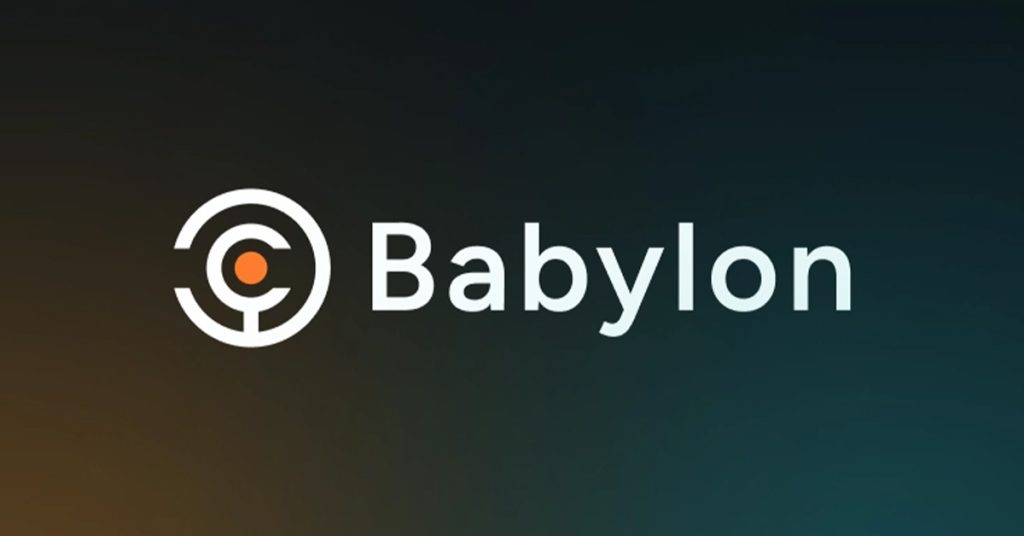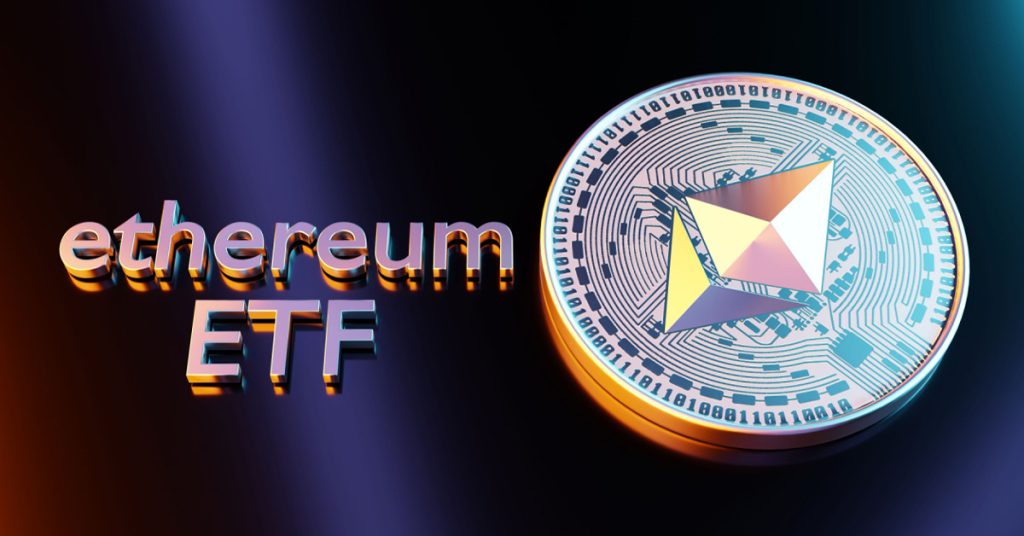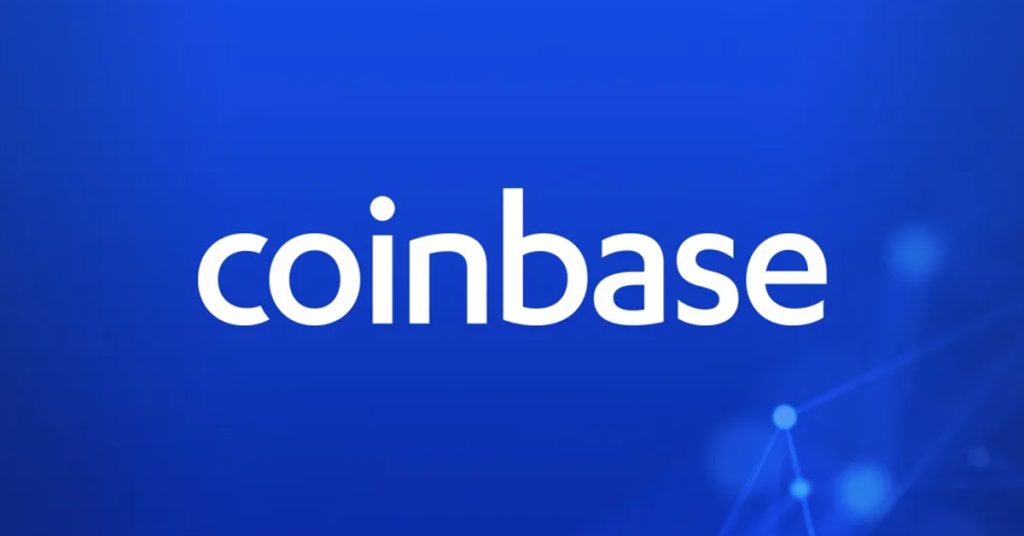Polygon’s POL: the Multi-Tool of Tokens
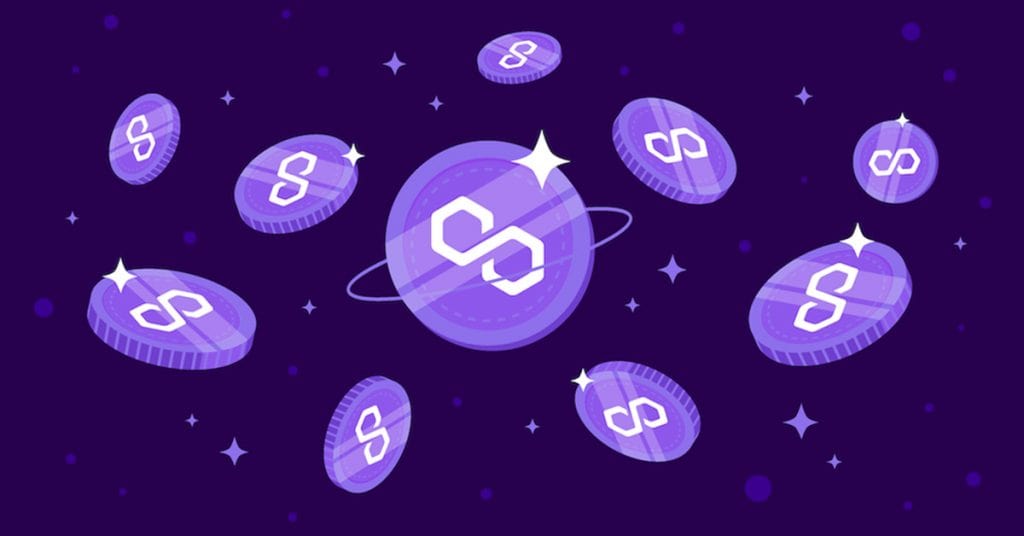
TL;DR
In July 2023, Polygon founders and researchers published a white paper proposing POL, a big upgrade of the asset currently known as MATIC. POL, which can be collected 1:1 for existing MATIC, is supposed to become ‘one token to power all Polygon chains’. It has much more utility than MATIC.
Let’s first take a step back and ask ourselves: why do blockchains have a coin, or to be more precise, a native token? Well, remember that they are open-source projects, where people mostly contribute for free. Compare open-source projects to a communal garden, where everyone can benefit from the fruits, but only a few people tend to it. Over time, those few hard workers might get tired and feel unrewarded, leading to a less flourishing garden.
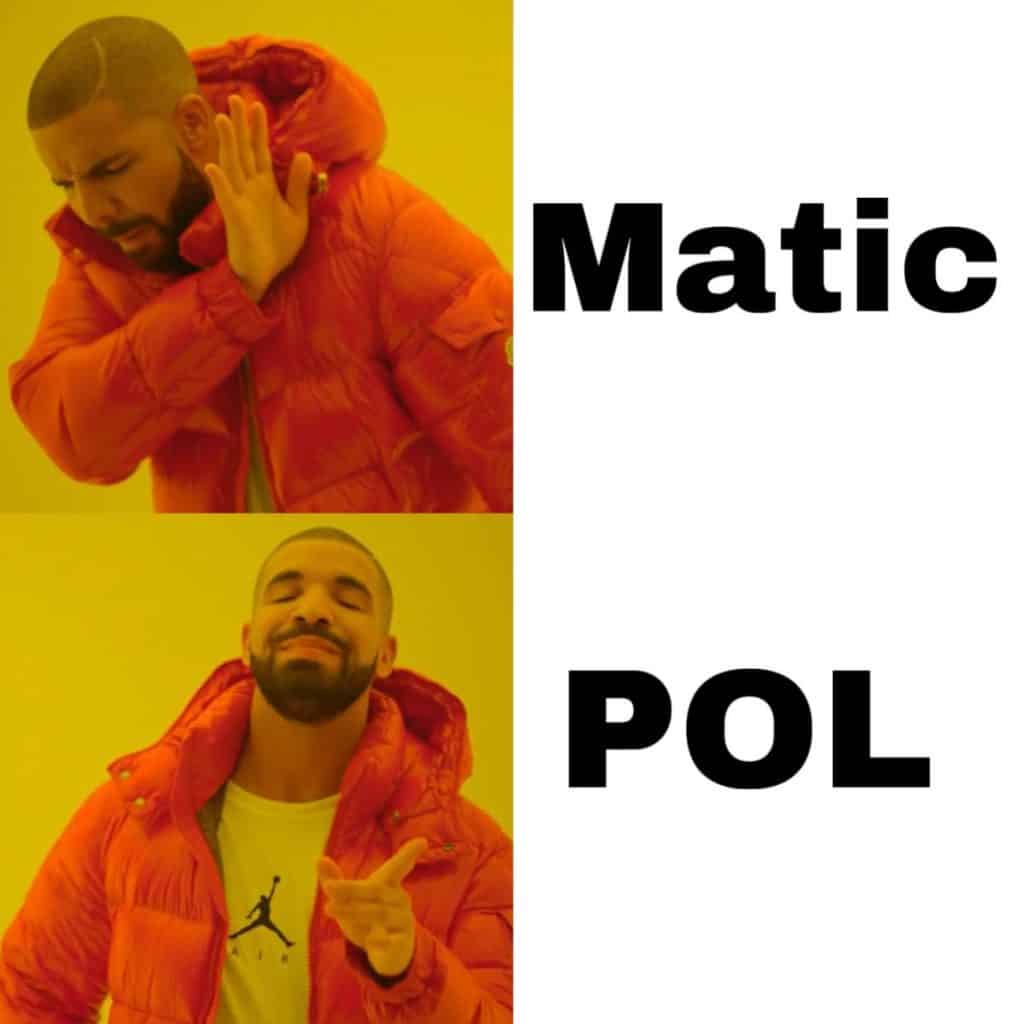
While these traditional types of communal gardens/open-source projects can work without a coin (Wikipedia never had a coin, to give just one example), the free rider problem can hurt them. How to protect a blockchain, how to keep it in a healthy condition and make it flourish? Launching a coin – when done right – can introduce just the right financial incentives: a way to keep everyone who participates in this open-source software project in line. If everyone will financially gain or lose by providing value versus hurting the project, it has a better chance of surviving.
The main way this works in proof-of-stake networks like Ethereum, is that validators lock up capital and get rewarded for this. They put something at stake and some even put in the work of running a validator node. Their service secures the network – and that’s why they get coins in return.
Introducing the POL Token
Polygon has a token called MATIC. Think of MATIC as the original tool for the garden – useful, but limited. Soon, there will be a new and improved tool introduced, called POL, aimed at making the Polygon garden even more robust, efficient, and expansive. The team calls it a third-generation token.

If MATIC was a simple gardening tool, then POL would be a multi-tool. The Polygon team has come up with a name for this: a hyperproductive token. What do they mean by this?
They call the traditional proof-of-stake tokens ‘productive tokens’. Just like productive tokens, the new ‘hyper-productive’ token POL will enable its holders to become validators and receive rewards. But there are two improvements. First of all:
- Validators will be able to validate multiple chains. This ‘hyperproductive’ POL allows its holders to work on (validate) multiple areas (chains) of the garden.
Wait, what? Multiple chains? Yes. Remember Polygon was created as a framework for building and connecting Ethereum-compatible blockchain networks. It’s a network of networks and as such provides a scalable environment for building and deploying decentralized applications. It uses various types of chains (sidechains, plasma chains, and standalone chains) depending on the type of scaling solution that an app needs. These chains operate alongside the Ethereum main net, offloading transactions, and computations to enhance throughput.
So, future validators can be validators for all these chains. But there’s more:
- Every chain can offer multiple roles to users who tend to the ‘garden’. Not just watering the plants but also taking care of other ‘garden areas’. These roles include zero-knowledge proof generation, and providing data availability.
People who use the POL multi-tool (validators) will be rewarded in several ways. They get regular rewards just for using the tool (protocol rewards, or the POL being spat out by the protocol according to a fixed schedule). But also payment based on the ‘areas of the garden’ they tend to (transaction fees). Plus, extra rewards from specific garden areas that need more attention. These rewards can be in any token, including POL, stablecoins, and the native token of the Polygon chain validated.
Benefits of POL
You might want to sigh: these blockchain projects, do they really have to keep updating and upgrading? Well, yes. The crypto space is still not advanced enough to scale to billions of users using everyday applications. Near-infinite scalability is the goal. POL will be able to, according to the founders, support the exponential growth of the Polygon ecosystem and eventual mainstream adoption. It will enable the validator pool to scale to support thousands of Polygon chains without sacrificing security.
How to Upgrade Your MATIC to POL
The upgrade from MATIC to POL requires a simple action – sending your MATIC to the upgrade smart contract, which will spit out the equivalent amount of POL.
If the community reaches a consensus to adopt it, MATIC holders will have their tokens upgraded to POL in 1:1 ratio. There won’t be two native tokens. Should the Polygon community support this proposal, the migration could start within months. But no hurry. MATIC holders will be given ample time to upgrade, at least a few years.
Conclusion
The founders of Polygon envision a future where Web3 is infinitely scalable and without bridges. Once, the internet was fragmented and then unified by a protocol (TCP/IP). Polygon’s roadmap wants Polygon to be this multi-chain network of Layer 2s for the internet of value, aka crypto. By the way, Chainlink’s Cross-Chain Interoperability Protocol (CCIP) has a similar ambition.
Read more (and hard-core)? Check out the white paper. Or, slightly less hardcore, Polygon’s blog post.





